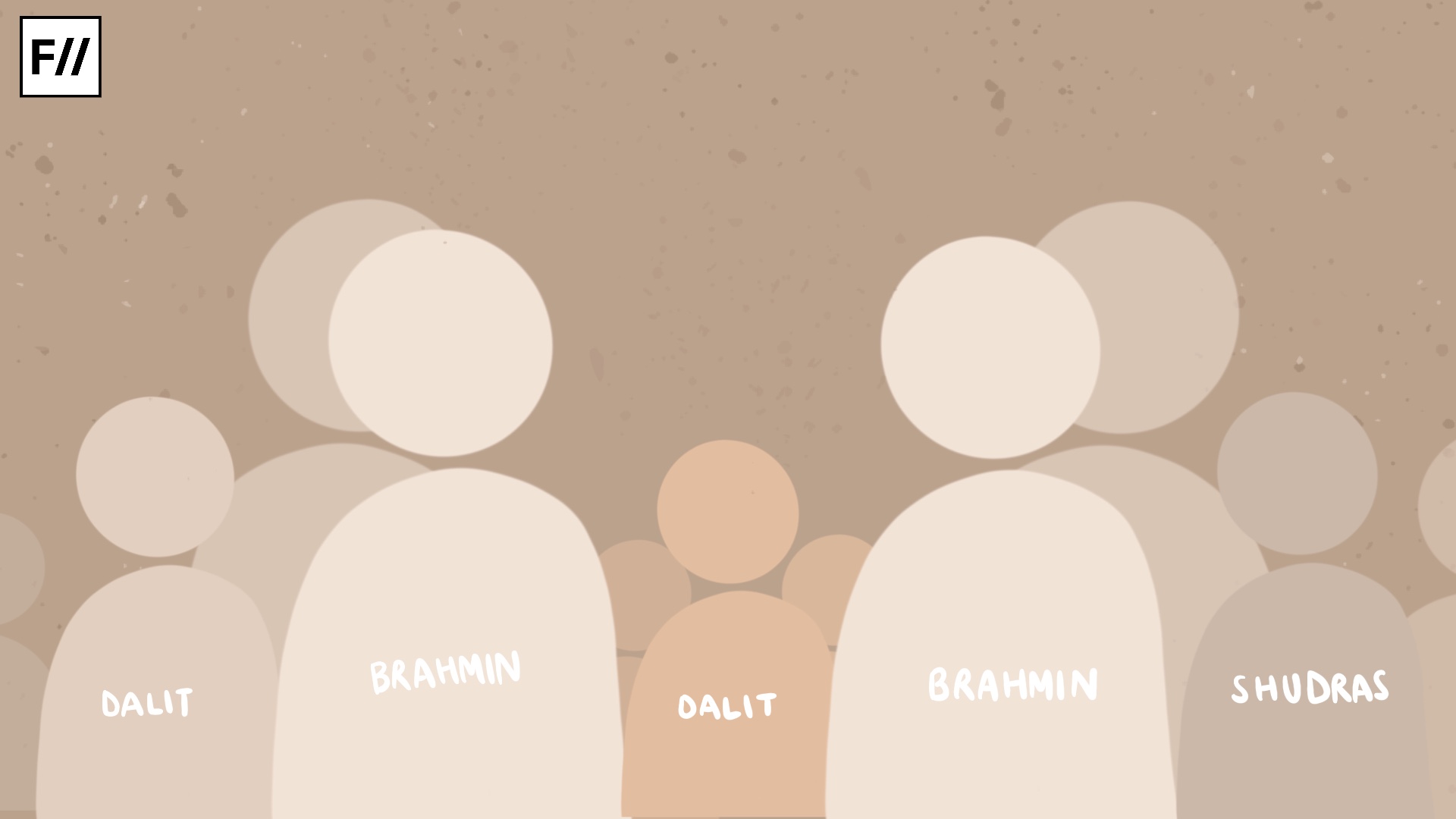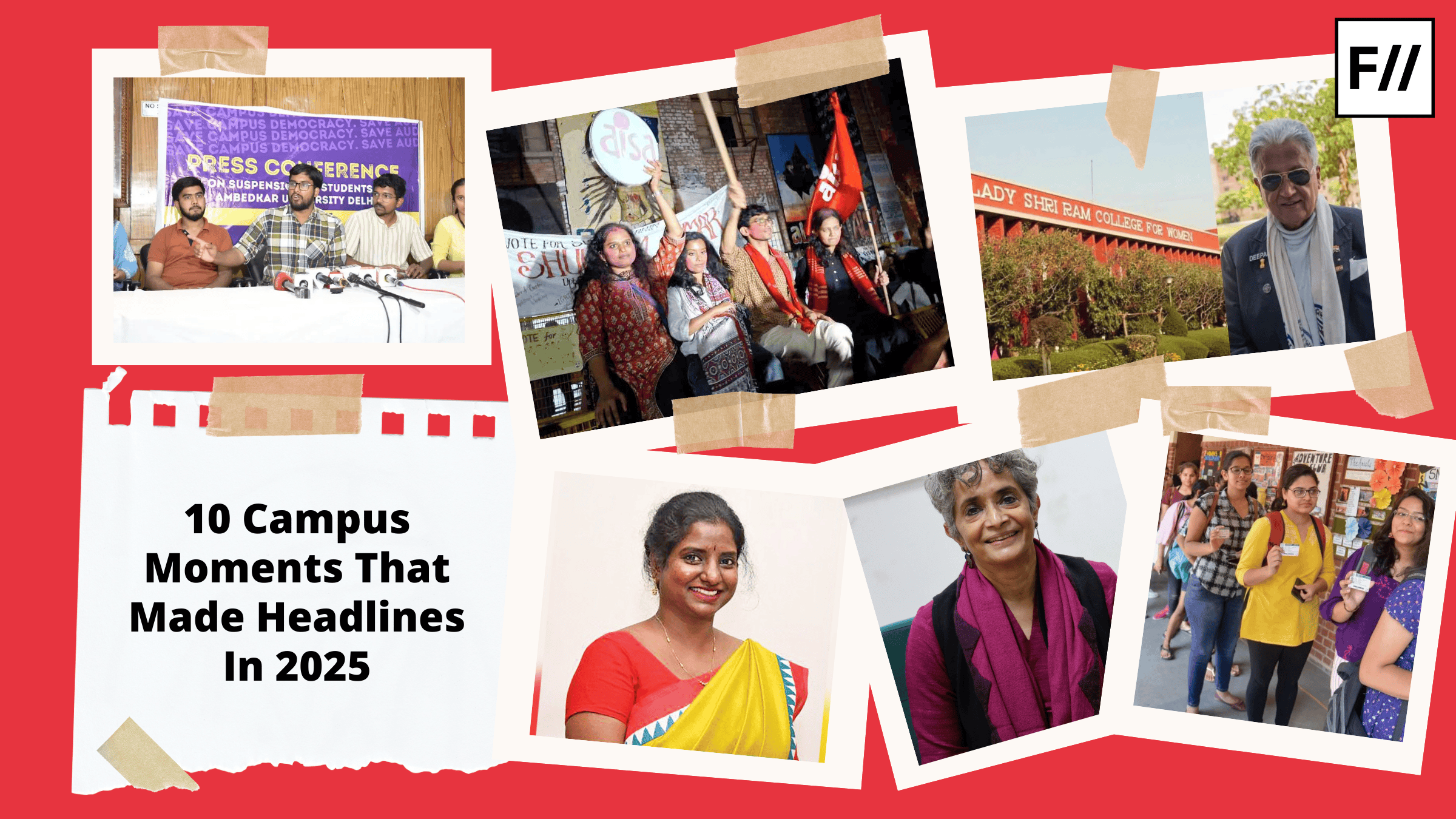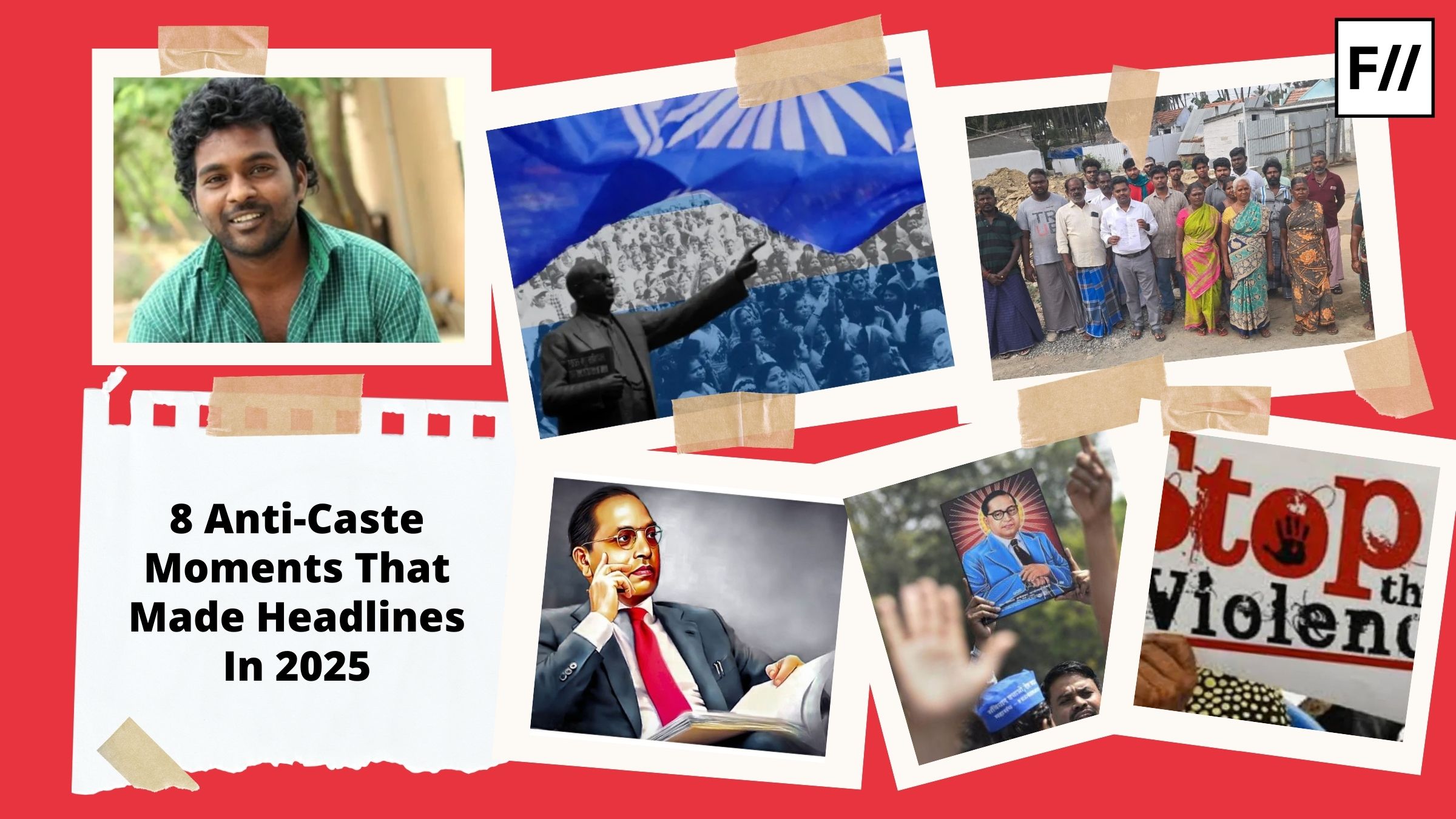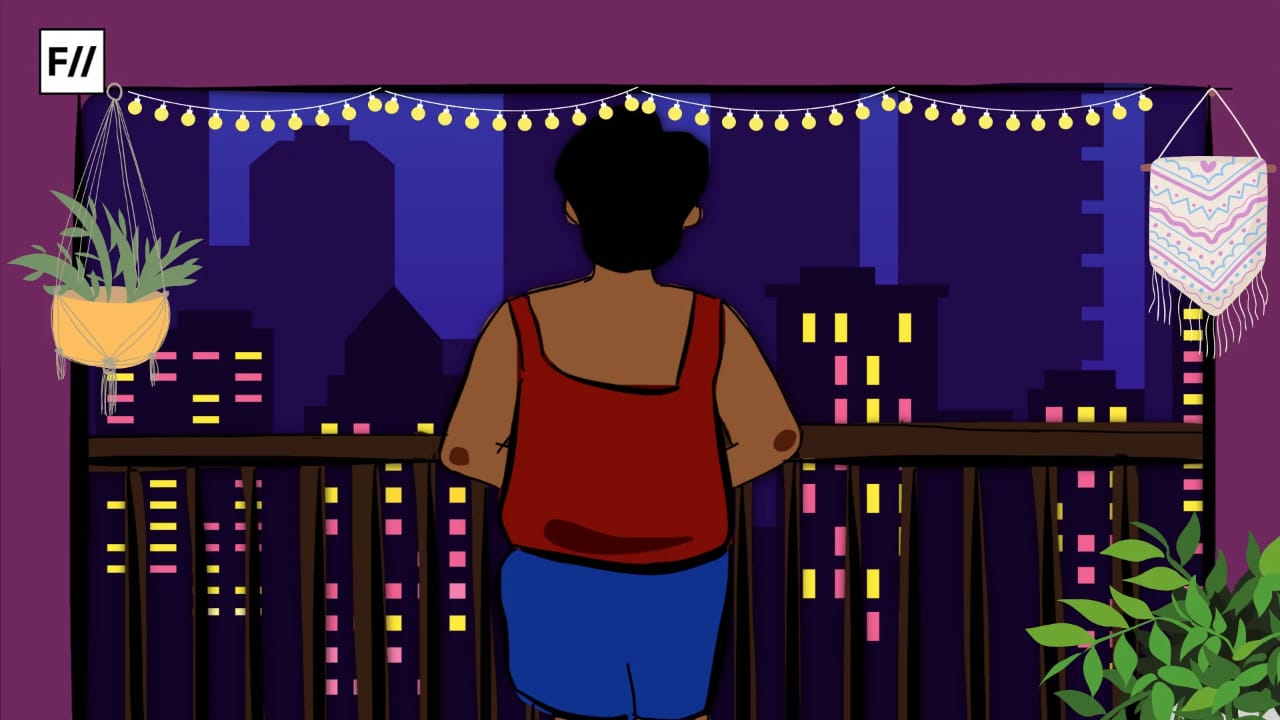Whenever we envision school and college life, what comes to our mind is learning, friends, fun and exploration. However, to most students of marginalised caste groups, campuses become a venue of constant bargaining, suffering, and unhealed wounds. Caste trauma does not necessarily shout or scream. It is a silent pain that accumulates due to the experience of being regarded as “less than”. It is the sense of being stared at, looked down upon or made to feel out of place in the classrooms, hostels and in group discussions.
To Dalit students, the trauma of caste does not just consist of one episode of discrimination. Still, it is about generations of marginalisation into a place that seems to be casteless.
Microaggressions: The quiet wounds of everyday casteism
Microaggressions are minor, day-to-day insults, which many take to be jokes or frivolous comments, and they continue to uphold caste hierarchies and thus are minor, day-to-day, unlike overt discrimination. They induce an atmosphere of alienation and exhaustion, which has long-term effects on self-esteem. For instance, when a student’s accent or dialect is ridiculed with comments like “Oh, you sound so local,” it is not genuinely innocent teasing. Still, it reminds them that there are specific ways of speaking that are considered more educated or more civilised.
At a fresher event, a senior may tell a fresher that he must have come in through quota, in the name of jokes. The laughter ensues, and the student smiles feebly, concealing the pain of being stereotyped. Another very subtle yet sharp form is peer exclusion. The idea of a Dalit student might not be taken into consideration in a group discussion until one of the dominant-caste students restates it and immediately gains new respect. Other times, they don’t join study circles because of the assumption that they won’t get along. And by stereotyping, a professor telling a Dalit student, “I am surprised to hear you sound so articulate”, which is a way of complimenting but makes it clear that the professor assumes that Dalits being intelligent was unexpected.
Such tiny details accumulate as dust on the mind, difficult to pick up, easier to ignore, but suffocating in the long run.
Conditional appreciation and caste stereotypes
Another vein of nuanced casteism is seen in the way Dalit students are frequently given their applause over things that are otherwise simple, ordinary, and bare minimum. Some comments may sound good on the surface, but they often carry a deeper message. For instance, “You are so humble, with your background”, or “You are really honest and hardworking, not what people usually say.” These remarks show that goodness, humility or honesty are unexpected qualities of a person belonging to a marginalised caste. Good thing we are constantly being valued on the fundamental human values, but it is not an affirmation, just a silent reminder of the low value other people have of Dalits.
“Wait, you’re SC? Really? You dress so well, I didn’t think people from your background usually have this kind of fashion sense.”
The comment was meant as a compliment, but it carried a quiet sting. Behind the friendly tone was an assumption that taste, confidence, or style don’t belong to people from certain castes.
The psychological toll
Such experiences become tolling in terms of mental health over time. Most Dalit students develop impostor syndrome, that is, they doubt whether they actually belong in elite institutions. They work hard to show that they are good, but they are always afraid that any failure will affirm the caste stereotypes. Imagine walking into the classroom every day, knowing you are expected to speak on behalf of your entire community. Just imagine how afraid you are to say anything because you think your words will be disregarded or laughed at. This type of self-observation all the time creates anxiety, self-doubt, and exhaustion. Dalit students tend to be invisible, and hyper-visible at the same time, unnoticed when they need assistance, and excessively scrutinised when they excel.
Caste trauma also impacts the manner in which students engage in academics. Some withdraw from discussions, avoid joining clubs or events dominated by certain groups, or stop asking questions in class for fear of being judged. Also, many hide their discomfort, fearing they’ll be accused of “playing the caste card.”
“I stopped speaking up because I was tired of proving that I deserve to be here.“
When the mind is burdened by constant exclusion, even the brightest students struggle to perform. Campuses that should be spaces for growth become places of quiet survival.
Towards healing
Addressing caste trauma requires more than token gestures. Campuses should start embracing the caste realities and not conceal the pretence of being neutral. Caste has to be acknowledged in awareness programs, faculty sensitisations, and grievance systems. Mental health services must also be caste conscious, and counsellors must be trained to know the social causes of distress and intergenerational trauma. Students and faculty need to learn to listen and not to reject, to unlearn and not to justify. An inclusive campus is not about being nice, but it is about being right.
For many Dalit students, surviving itself is an act of resistance. But healing cannot be an individual responsibility; it must be collective. Support groups, Ambedkarite circles, and peer networks often become spaces of solidarity and care. Identifying caste trauma is not about dividing people. It is all about accepting the facts that define our lives. It is only then, upon viewing and naming these patterns, that our campuses can be places where every student belongs not out of favour but by right. The problem of mental health is not individual. Still, it is very political, and caste trauma will continue to damage the young minds until institutions decide to see, listen, and act.
About the author(s)
Dharanesh Ramesh is a native of Coimbatore and a postgraduate student of Gender and Development Studies at the Tata Institute of Social Sciences, Hyderabad. Rooted in the belief that stories shape structures, his study and work explore the intersections of gender, caste, and public policy through an intersectional feminist lens. He is particularly drawn to understanding how power, privilege, and policy weave together to define inclusion and equity in everyday life. Inquisitive by nature, Dharanesh often turns to drawing, painting, photography, and writing as extensions of his reflective practice. His work seeks to bridge thought and experience, analysis and art, in the pursuit of justice and representation.





